Introduction
Welcome to the delightful world of homemade Margherita Focaccia Bread, where the comforting, pillowy texture of focaccia meets the vibrant flavors of a classic Margherita pizza. This Italian bread is not only a culinary masterpiece but also a representation of Italy’s rich gastronomic heritage. With its golden crust, soft interior, and aromatic toppings of fresh tomatoes, mozzarella, and basil, Margherita Focaccia is a dish that is sure to impress your friends and family alike.

In this article, we will take you through an in-depth exploration of the Margherita Focaccia Bread recipe, diving into its origins, the cultural significance of focaccia in Italian cuisine, and the essential ingredients that contribute to its delightful flavor profile. We will also provide you with a detailed step-by-step guide on how to create this delicious bread right in your own kitchen. Whether you are a seasoned baker or a novice eager to learn, this recipe is approachable and rewarding, making it a perfect addition to your homemade bread repertoire.
Understanding Focaccia Bread
Definition and Origin of Focaccia
Focaccia is a flat oven-baked Italian bread that is characterized by its soft, chewy texture and rich flavor. It is often seasoned with olive oil, salt, and various toppings, making it a versatile dish that can be enjoyed on its own or as an accompaniment to other meals. The name “focaccia” is derived from the Latin word “focus,” which means “hearth” or “fireplace,” signifying its ancient roots as a bread baked in the ashes of a fireplace.
The origins of focaccia can be traced back to ancient Rome, where it was prepared as a flatbread, often topped with herbs and olive oil. Over the centuries, this humble bread has evolved into many regional variations across Italy, each boasting its unique ingredients and baking techniques. The Margherita Focaccia, specifically, is a delightful nod to the classic Margherita pizza, which is named after Queen Margherita of Savoy and features the vibrant colors of the Italian flag—red tomatoes, white mozzarella, and green basil.
The Cultural Significance of Focaccia in Italian Cuisine
Focaccia holds a special place in Italian culinary tradition. It is not just a staple bread; it is often served during family gatherings, festive occasions, and religious celebrations. In Italy, focaccia is commonly enjoyed as an appetizer, side dish, or even as a sandwich base. Its versatility allows it to be incorporated into various meals, making it a beloved choice among Italians.
Moreover, focaccia is often associated with communal baking experiences. Families gather in the kitchen to prepare this bread together, passing down recipes and techniques through generations. The process of making focaccia is as much about the enjoyment of creating together as it is about the final product. This bread invites creativity, as bakers can experiment with different toppings, flavors, and techniques, turning each loaf into a personal masterpiece.
Variations of Focaccia Around the World
While focaccia is intrinsically tied to Italian cuisine, its popularity has spread globally, leading to a myriad of variations that reflect local ingredients and culinary traditions. In Liguria, a coastal region of Italy, you’ll find “focaccia di Recco,” which is filled with creamy stracchino cheese and baked until golden. In Apulia, “focaccia barese” is renowned for its generous topping of cherry tomatoes, olives, and rosemary.
Beyond Italy, focaccia has inspired bakers around the world. In the United States, it is often made with a thicker dough and topped with various ingredients like roasted vegetables, cheese, and even cured meats. This adaptability has led to the creation of unique regional versions that pay homage to the traditional Italian focaccia while incorporating local flavors.
Ingredients Overview
Creating the perfect Margherita Focaccia Bread requires a thoughtful selection of ingredients that contribute to its flavor, texture, and overall success. Here’s a breakdown of the essential components you’ll need to make this delightful bread:
Breakdown of Essential Ingredients
1. All-Purpose Flour: The foundation of your focaccia, all-purpose flour provides the necessary structure and chewiness. Its moderate protein content allows for a light and airy crumb while still being sturdy enough to hold the toppings.
2. Active Dry Yeast: This is the key ingredient that helps the dough rise, creating the light and fluffy texture characteristic of focaccia. When activated properly, yeast ferments the sugars in the dough, producing carbon dioxide that causes the bread to expand.
3. Olive Oil: A crucial element in both the dough and the topping, olive oil adds rich flavor and moisture to the focaccia. It also contributes to the bread’s crispy crust and tender crumb.
4. Fresh Ingredients: The toppings for Margherita Focaccia are simple yet impactful. Fresh tomatoes, mozzarella cheese, and basil leaves embody the classic flavors of a Margherita pizza. Using high-quality ingredients will elevate the overall taste of your focaccia.
5. Optional Ingredients: For those looking to add an extra layer of flavor, a drizzle of balsamic glaze can be used to finish the focaccia before serving. This adds a touch of sweetness and acidity that complements the savory toppings beautifully.
All-Purpose Flour: Why It Matters
Choosing the right flour is vital for achieving the perfect focaccia. All-purpose flour strikes a balance between the lightness needed for a fluffy bread and the strength required to hold its shape. If you prefer an even chewier texture, consider using bread flour, which has a higher protein content. However, for beginners, all-purpose flour is an excellent choice, as it’s versatile and forgiving.
Active Dry Yeast: The Key to Rising
Active dry yeast is the most common type of yeast used in bread-making. It must be activated before mixing it into the dough. This typically involves dissolving it in warm water (around 110°F) with a pinch of sugar to feed the yeast. Allow it to sit for about 5-10 minutes until it becomes frothy. This step is crucial, as it ensures that the yeast is active and ready to help your dough rise beautifully.
Olive Oil: For Flavor and Texture
Olive oil is not just a cooking fat; it plays a significant role in the flavor and texture of focaccia. Use a high-quality extra virgin olive oil for the best taste. The oil helps to create a supple dough and adds a rich, aromatic flavor to the bread. Additionally, brushing olive oil on top of the focaccia before baking will give it a deliciously crispy crust.
Fresh Ingredients: The Role of Tomatoes, Mozzarella, and Basil
The toppings of Margherita Focaccia are simple yet essential to its flavor profile. Use ripe, flavorful tomatoes—preferably heirloom or cherry tomatoes—cut into slices to distribute their sweetness evenly across the bread. Fresh mozzarella adds creaminess; however, be sure to drain it well to avoid excess moisture that can make the dough soggy. Finally, fresh basil leaves offer a fragrant herbaceous note that ties all the flavors together beautifully.
Optional Ingredients: Balsamic Glaze for Added Flavor
While not necessary, a drizzle of balsamic glaze can add a lovely touch to your focaccia. The sweetness and acidity of the glaze enhance the dish, creating a delightful contrast with the savory elements. Feel free to experiment with this optional addition; it can elevate your focaccia to new heights.
Step-by-Step Guide to Making Margherita Focaccia Bread
Now that you have a clear understanding of the ingredients, it’s time to dive into the process of making Margherita Focaccia Bread. Follow these step-by-step instructions for a successful baking experience.
Activating the Yeast: The Importance of Temperature and Timing
Start by activating the yeast. In a small bowl, combine 1 cup of warm water (110°F) with 2 teaspoons of sugar and 2 teaspoons of active dry yeast. Stir gently and let it sit for about 5-10 minutes until it becomes frothy. This step is crucial; if the yeast does not bubble, it may be inactive, and you will need to start over.
Mixing the Dough: Creating the Perfect Texture
In a large mixing bowl, combine 4 cups of all-purpose flour and 2 teaspoons of salt. Make a well in the center of the flour mixture, then pour in the activated yeast mixture along with ¼ cup of olive oil. Using a wooden spoon or spatula, mix the ingredients until they form a shaggy dough. You may need to add a little more water or flour to achieve the right consistency—aim for a soft, slightly sticky dough.
Kneading Techniques: How to Ensure Elasticity
Once your dough is mixed, turn it out onto a floured surface. Knead the dough for about 8-10 minutes until it becomes smooth and elastic. To knead, fold the dough over itself, push it away with the heel of your hand, and rotate it a quarter turn. Repeat this process, adding more flour if necessary to prevent sticking. Proper kneading develops gluten, which gives the focaccia its structure and chewiness.
As you work the dough, you should notice it becoming more pliable and cohesive. Once it reaches the desired texture, shape it into a ball and place it in a lightly oiled bowl, covering it with a damp cloth or plastic wrap. Let it rise in a warm place for about 1-2 hours, or until it has doubled in size.
By following these initial steps with care and attention, you will lay the foundation for a delicious Margherita Focaccia Bread that is bursting with flavor. In the next section, we will continue with the remaining steps to complete this mouthwatering recipe. Stay tuned for more delightful tips and techniques to make your focaccia a true Italian masterpiece.
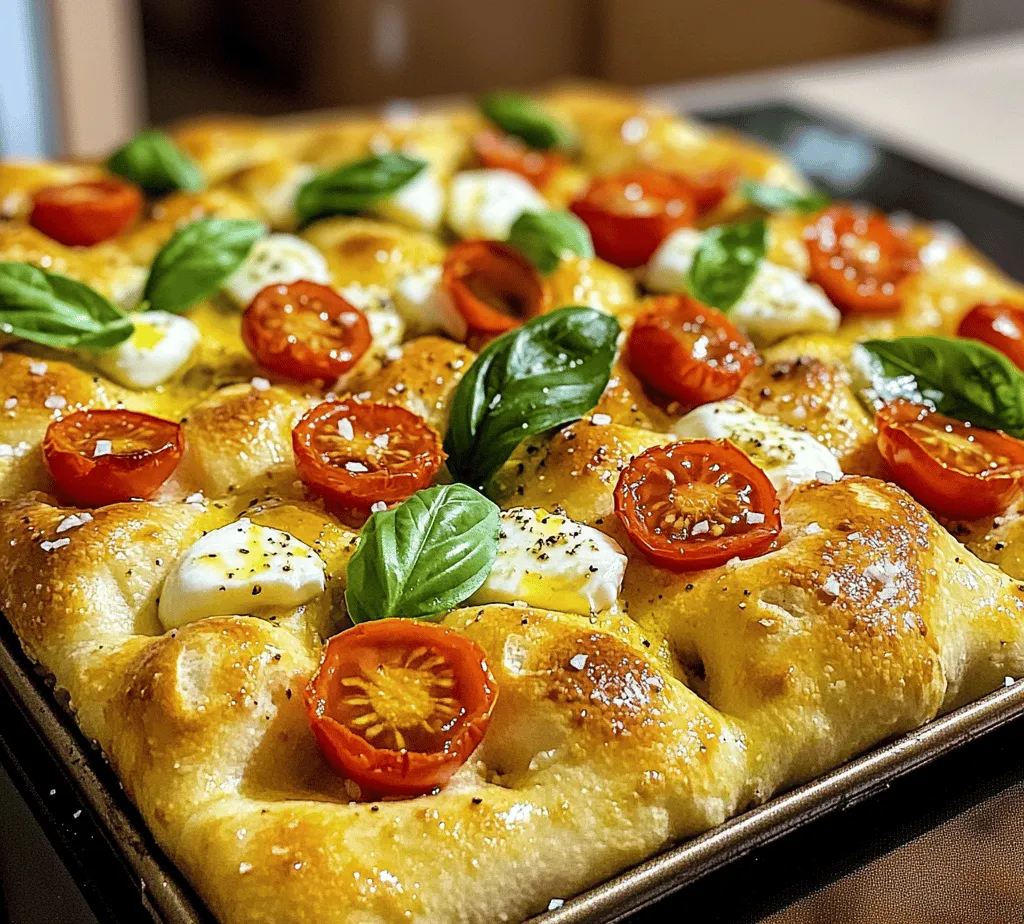
The First Rise: Understanding Fermentation and Dough Growth
The first rise is a crucial stage in making Margherita Focaccia Bread, as it sets the foundation for flavor development and texture. Fermentation is the process where yeast feeds on the sugars in the dough, producing carbon dioxide and alcohol. This not only helps the dough to rise but also enhances its flavor profile. During this initial rise, you should expect the dough to double in size, which typically takes about 1 to 2 hours, depending on the ambient temperature.
To achieve optimal fermentation, cover the dough with a damp kitchen towel or plastic wrap to prevent it from drying out. Place it in a warm, draft-free area, such as an oven turned off but still warm, or near a sunny window. Keep an eye on the dough; it should be puffy and airy when it’s ready for the next step.
Preparing the Baking Sheet: Ensuring a Perfect Bake
Once your dough has completed its first rise, it’s time to prepare the baking sheet. For focaccia, a half-sheet pan is ideal, typically measuring 18×13 inches. Generously coat the baking sheet with olive oil, allowing it to pool slightly in the corners. This oil will not only prevent the dough from sticking but will also contribute to that desired crispy crust during baking.
Using your fingers, spread the oil evenly across the surface, ensuring every inch is covered. If you prefer, you can also line the pan with parchment paper for easier cleanup, but be sure to oil the parchment to prevent sticking.
Shaping Your Focaccia
Techniques for Spreading and Indenting the Dough
With your dough ready, it’s time to shape it into its signature form. Gently punch down the dough to remove excess gas and transfer it onto the prepared baking sheet. Using your fingertips, start pushing and spreading the dough towards the edges of the pan, being careful not to tear it. If the dough resists stretching, let it rest for a few minutes and then try again.
Once the dough fills the pan, use your fingers to create dimples all over the surface. This not only gives focaccia its characteristic texture but also creates small pockets for holding toppings and olive oil. Don’t worry about achieving a perfectly smooth surface; the rustic look is part of its charm.
Adding Toppings: Arranging Tomatoes, Mozzarella, and Basil for Aesthetic Appeal
Now comes the fun part: adding toppings. For a classic Margherita Focaccia, slice fresh tomatoes and arrange them evenly over the dough. You can use cherry tomatoes cut in half or larger tomatoes sliced into rounds. Next, tear pieces of fresh mozzarella and scatter them on top, ensuring they are evenly distributed to melt beautifully during baking.
Finally, finish your focaccia with fresh basil leaves, which can be added before or after baking. If you prefer a more intense flavor, consider adding a sprinkle of sea salt and a drizzle of good quality olive oil over the toppings before the second rise. This will enhance the flavors as they meld together.
The Second Rise: Allowing the Dough to Puff Up
After topping your focaccia, it’s time for the second rise. Cover the pan loosely with a kitchen towel and allow the dough to rise for an additional 30 to 60 minutes. This will help the focaccia become airy and soft. You should notice the dough puffing up slightly, creating a light texture that contrasts beautifully with the crispy crust.
Baking the Focaccia
Oven Temperature: Importance of Preheating
While your focaccia is completing its second rise, preheat your oven to 425°F (220°C). Preheating is essential for achieving that perfect golden brown crust. An adequately heated oven allows the dough to rise quickly before the crust sets, which contributes to the desired airy texture.
Baking Time: Achieving the Perfect Golden Brown Color
Once preheated, place your focaccia in the oven. Bake for about 20 to 25 minutes or until the edges are golden brown and the cheese is bubbling. Keep an eye on it as baking times can vary based on your oven and the thickness of the dough. If the top browns too quickly, you can loosely cover it with foil for the last few minutes of baking.
Cooling Techniques: How to Maintain Texture After Baking
After baking, remove the focaccia from the oven and let it cool in the pan for about 10 minutes. Then, carefully transfer it to a wire rack to cool completely. Cooling on a rack allows air to circulate underneath, preventing the bottom from becoming soggy. Once cooled, slice the focaccia into squares or wedges for serving.
Serving Suggestions
Best Ways to Serve Focaccia Bread
Margherita Focaccia Bread is incredibly versatile. It can be served as an appetizer, a side to your favorite Italian dishes, or even as the foundation for a sandwich. The rich flavors of the tomatoes, mozzarella, and basil pair well with a variety of meals, making it a delightful addition to any dining table.
Pairing Ideas: What to Accompany Your Focaccia With
Consider pairing your focaccia with a fresh salad, such as a Caprese salad or arugula with balsamic vinaigrette, to complement its savory flavors. A light soup, such as tomato or minestrone, can also be a perfect match. For a heartier option, serve it alongside grilled meats or vegetables, allowing the focaccia to soak up the delicious juices.
Storing Leftovers: Tips for Keeping Focaccia Fresh
If you have any leftovers, store them in an airtight container at room temperature for up to 2 days. For longer storage, wrap the focaccia tightly in plastic wrap and place it in the refrigerator for up to a week. You can also freeze slices for up to 3 months. To reheat, simply pop them in the oven at 350°F (175°C) until warmed through, which will help restore their crispy texture.
Nutritional Information
Overview of Nutritional Values per Serving
Each serving of Margherita Focaccia Bread offers a delightful combination of flavors and nutrients. While specific values may vary based on ingredient choices, a typical serving (1 slice) contains approximately:
- Calories: 180
- Protein: 6g
- Carbohydrates: 28g
- Dietary Fiber: 1g
- Sugars: 1g
- Total Fat: 6g
- Saturated Fat: 2g
Health Benefits of Ingredients Used
Focaccia is primarily made from flour, water, yeast, and olive oil, all of which contribute to its nutritional profile. Olive oil is a heart-healthy fat known for its anti-inflammatory properties and is rich in antioxidants. Fresh tomatoes provide essential vitamins like vitamin C and potassium, while mozzarella offers calcium and protein. The addition of fresh basil adds not only flavor but also a dose of vitamins A and K, along with beneficial essential oils.
Conclusion
Margherita Focaccia Bread is not only a delightful addition to any meal but also a wonderful way to share the joy of cooking with loved ones. With its crispy crust, soft interior, and fresh toppings, this recipe embodies the essence of Italian culinary tradition. The process of making focaccia allows for creativity and personalization while providing a satisfying culinary experience.
Enjoy the process, savor the flavors, and immerse yourself in the experience of making this delicious bread. Whether you’re serving it as a side or using it as the base for a hearty sandwich, your homemade focaccia will surely impress friends and family alike. So gather your ingredients, roll up your sleeves, and get ready to create a dish that is as rewarding to make as it is to eat!
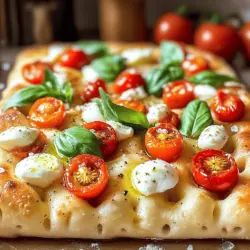

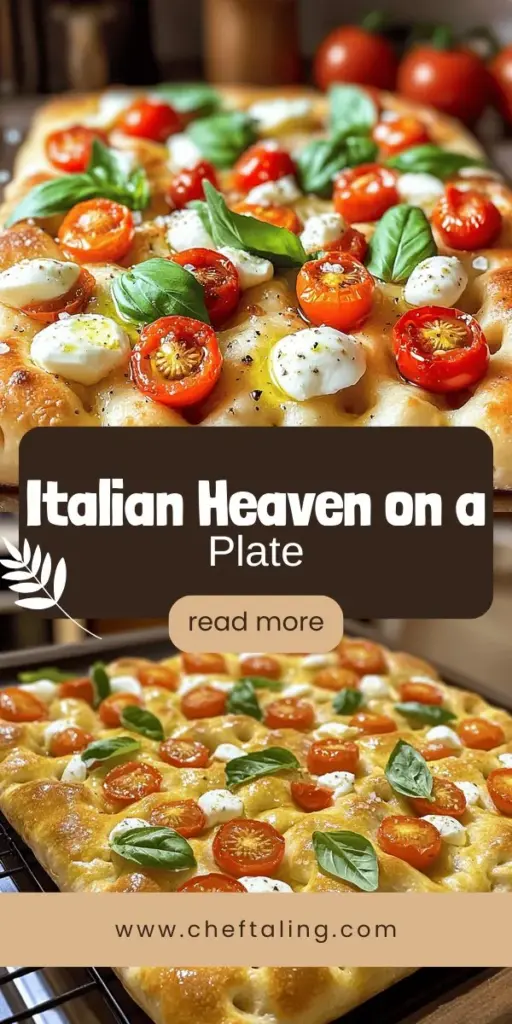
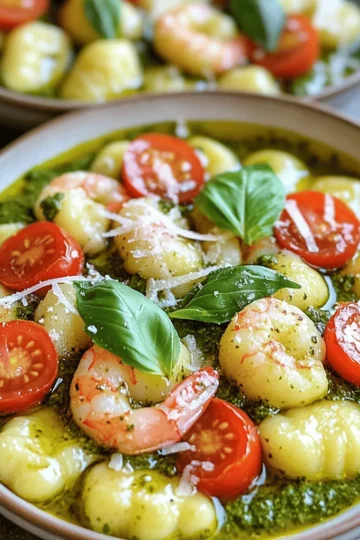

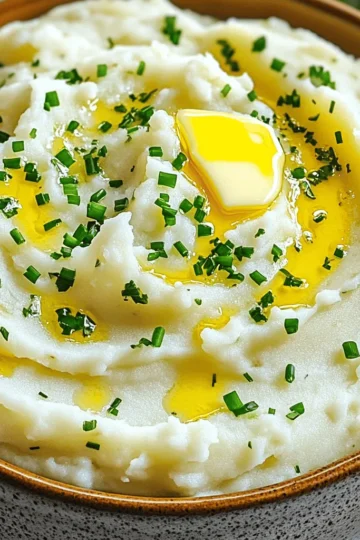
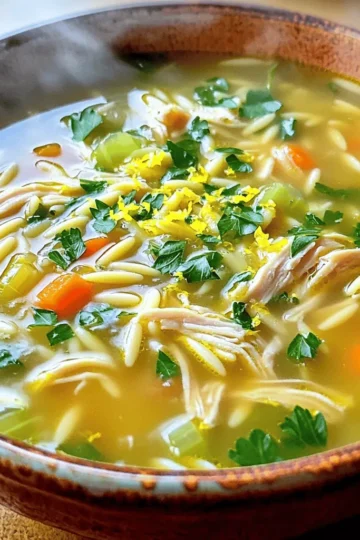
Leave a Reply